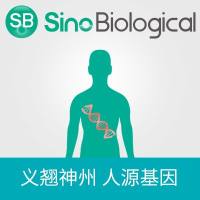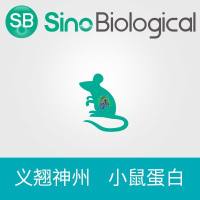Endogenous Brain Protection: Models, Gene Expression, and Mechanisms
互联网
663
Almost all injurious stimuli, when applied below the threshold of producing injury, activate endogenous protective mechanisms that significantly decrease the degree of injury after subsequent injurious stimuli. For example, a short duration of ischemia (i.e., ischemic preconditioning [PC]) can provide significant brain protection to subsequent long-duration ischemia (i.e., ischemic tolerance [IT]). PC/IT has recently been shown in human brain, suggesting that learning more about these endogenous neuroprotective mechanisms could help identify new approaches to treat patients with stroke and other central nervous system disorders/injury. This chapter provides a brief overview of PC/IT research, illustrates the types of data that can be generated from in vivo and in vitro models to help us understand gene and protein expression related to induced neuroprotective mechanisms, and emphasizes the importance of future research on this phenomenon to help discover new mechanisms and targets for the medical treatment of brain and other end-organ injuries.







